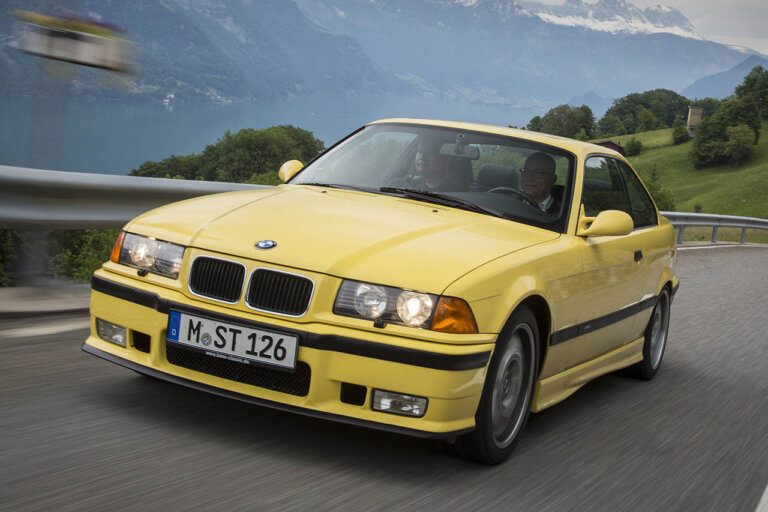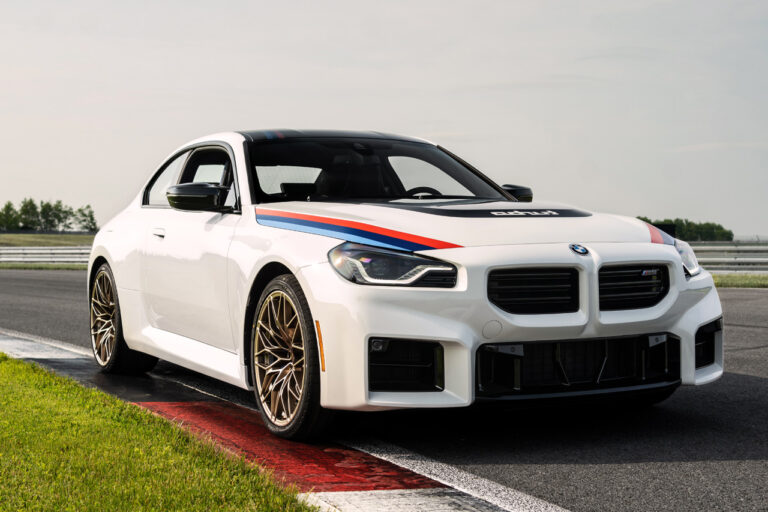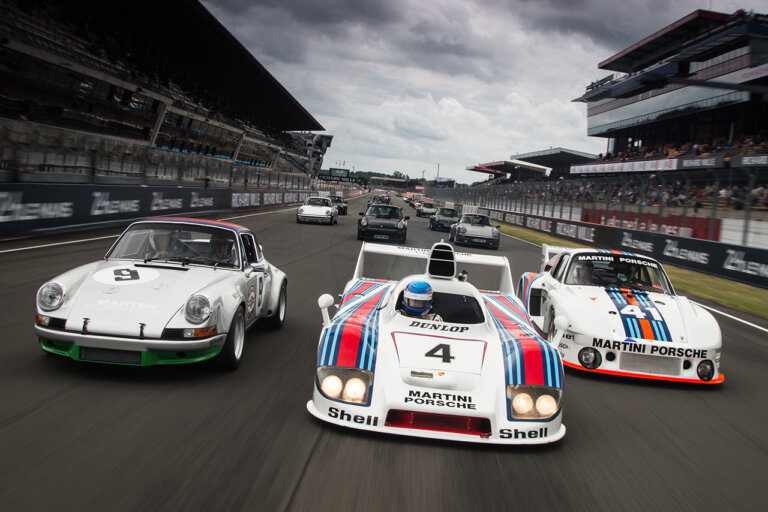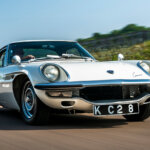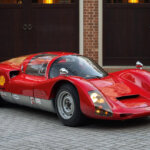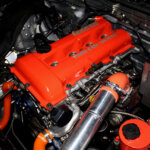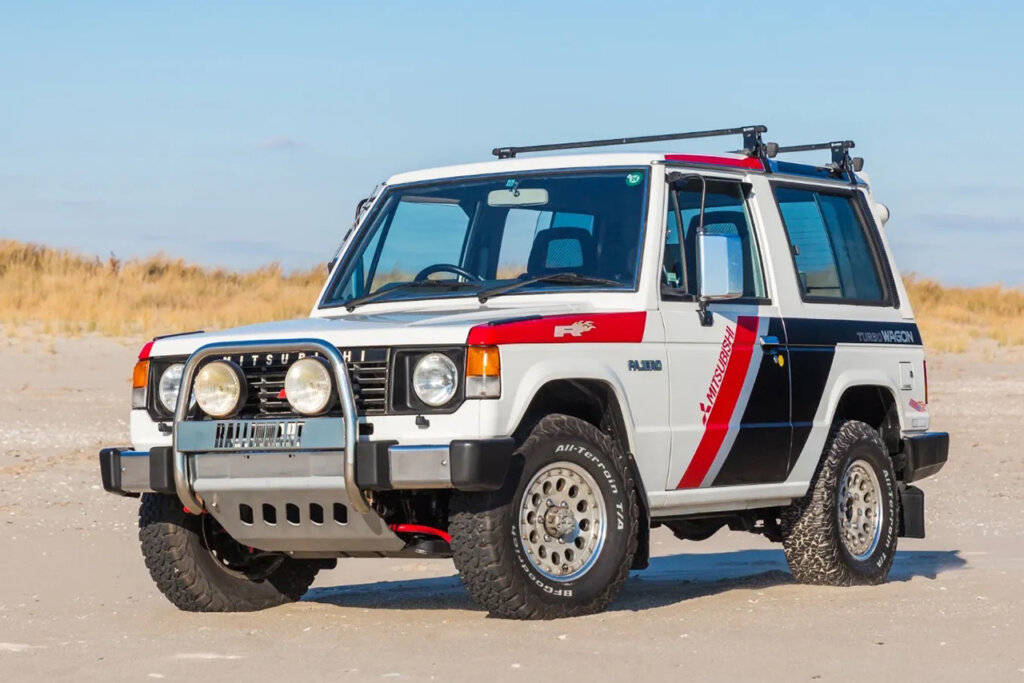
Source: Bring-A-Trailer
The Mitsubishi Pajero, known as the Montero in some markets and the Shogun in others, is one of the most iconic off-road vehicles ever produced. Since its inception, the Pajero was crafted to conquer tough terrains, gaining a reputation for reliability and rugged performance. This reputation was solidified by its extraordinary success in the Dakar Rally, where it set records that are still marveled at today.
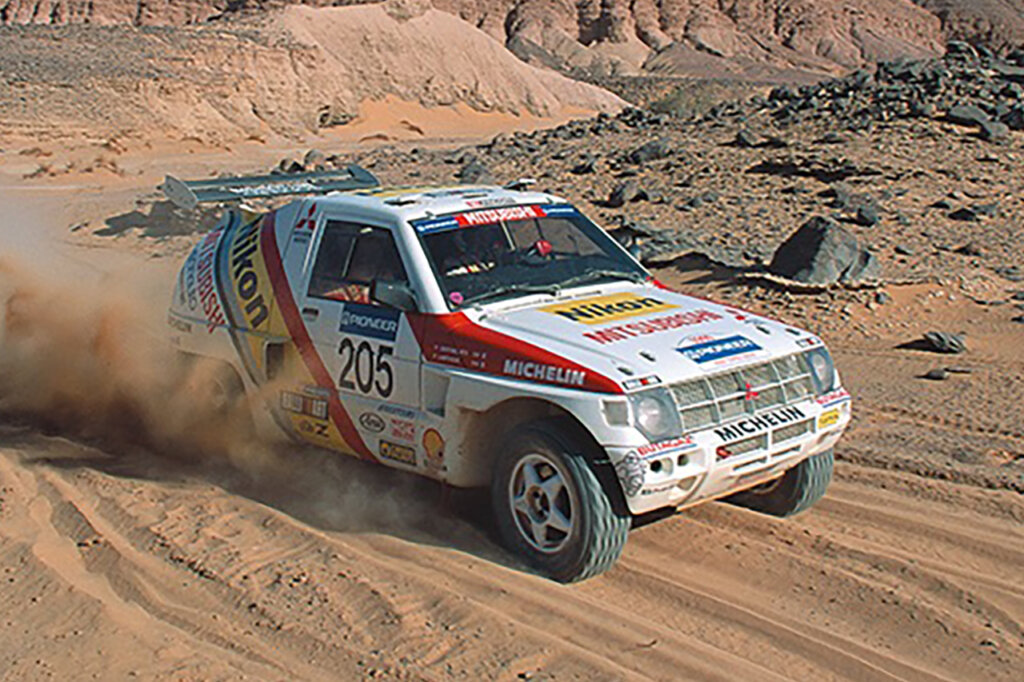
Source: Mitsubishi
Mitsubishi first introduced the Pajero in 1981 at the Tokyo Motor Show, though the production model was officially launched in 1982. It was developed as a sport utility vehicle (SUV) designed to compete with the likes of Toyota’s Land Cruiser and the Land Rover Defender. Mitsubishi’s goal was to create a versatile vehicle that could perform both on and off the road, balancing the luxury of a road-going SUV with the ruggedness required for extreme environments. The Pajero took its name from the “Pajero cat,” a small wild feline native to the Patagonia region in South America, reflecting the vehicle’s nimble yet tough nature.
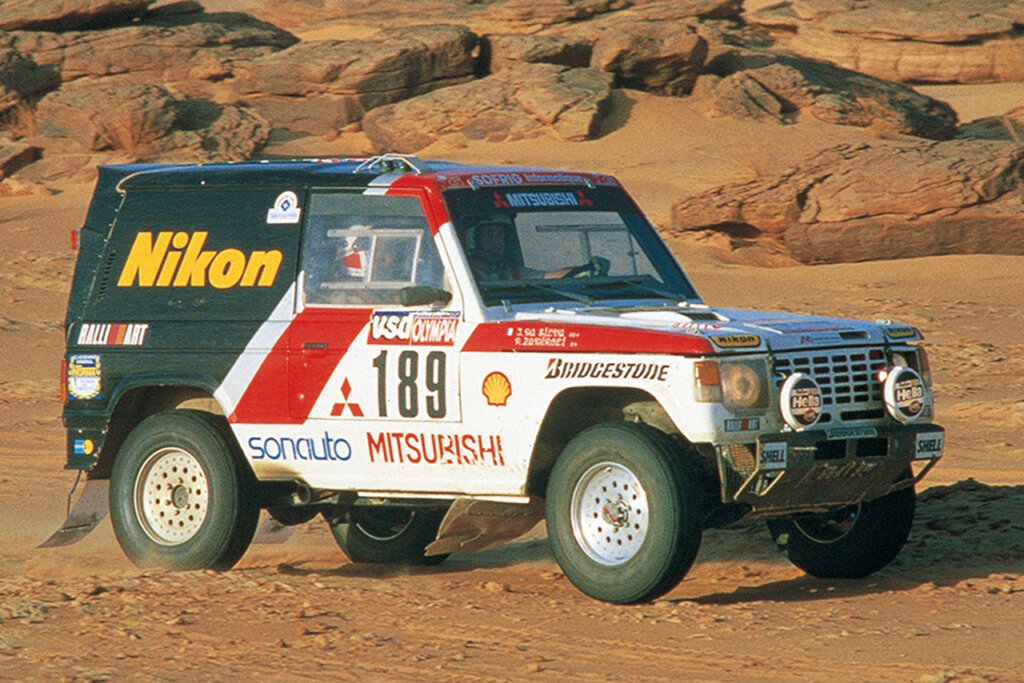
The Pajero was produced in Japan, with primary manufacturing at Mitsubishi’s Sakahogi plant in Gifu Prefecture. It was launched to target the growing global market for SUVs and quickly became a favorite for off-road enthusiasts due to its impressive capabilities. Mitsubishi recognized the increasing demand for vehicles that could serve multiple purposes: family transportation, off-road adventuring, and long-distance overlanding.
Mitsubishi’s Pajero became a force to be reckoned with in the Dakar Rally, one of the most grueling off-road races in the world. From the late 1980s through the 2000s, the Pajero dominated the event, becoming synonymous with Dakar success. Its first win came in 1985, just three years after its introduction to the rally scene, and it continued to rack up victories with unmatched consistency. The Pajero won a record 12 Dakar titles, becoming the most successful vehicle in the rally’s history.

Source: Bring-A-Trailer
What made the Pajero so dominant in the Dakar was a combination of its robust chassis, advanced four-wheel-drive (4WD) system, and engineering that allowed it to handle extreme terrains. Its suspension system, designed for harsh environments, was also a critical factor, allowing the Pajero to tackle rocky paths, sand dunes, and muddy trails with ease. Mitsubishi used the Pajero’s performance in the Dakar as a real-world testing ground, translating rally innovations into improvements for consumer models. This synergy between competition and production was one of the keys to the Pajero’s success and longevity.

